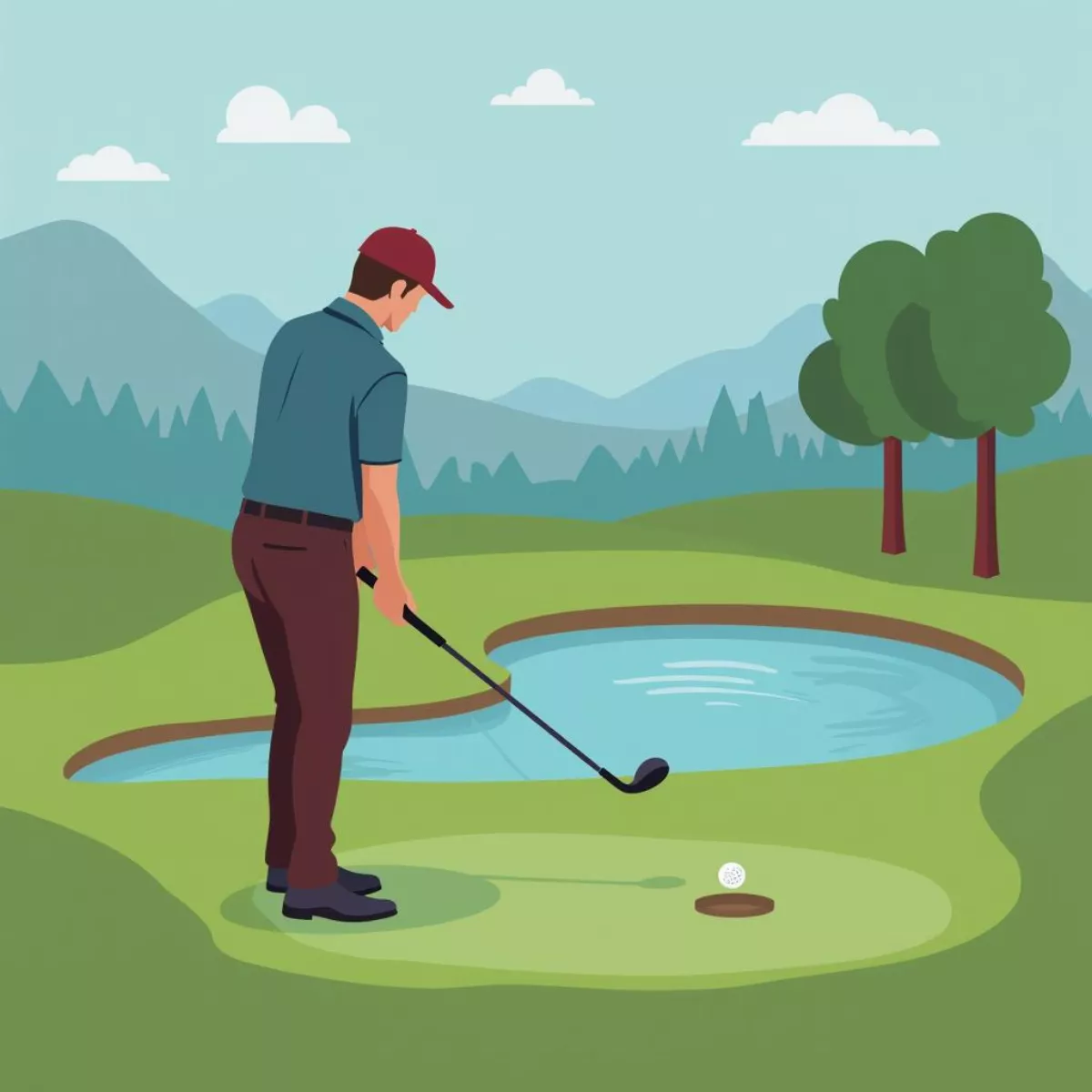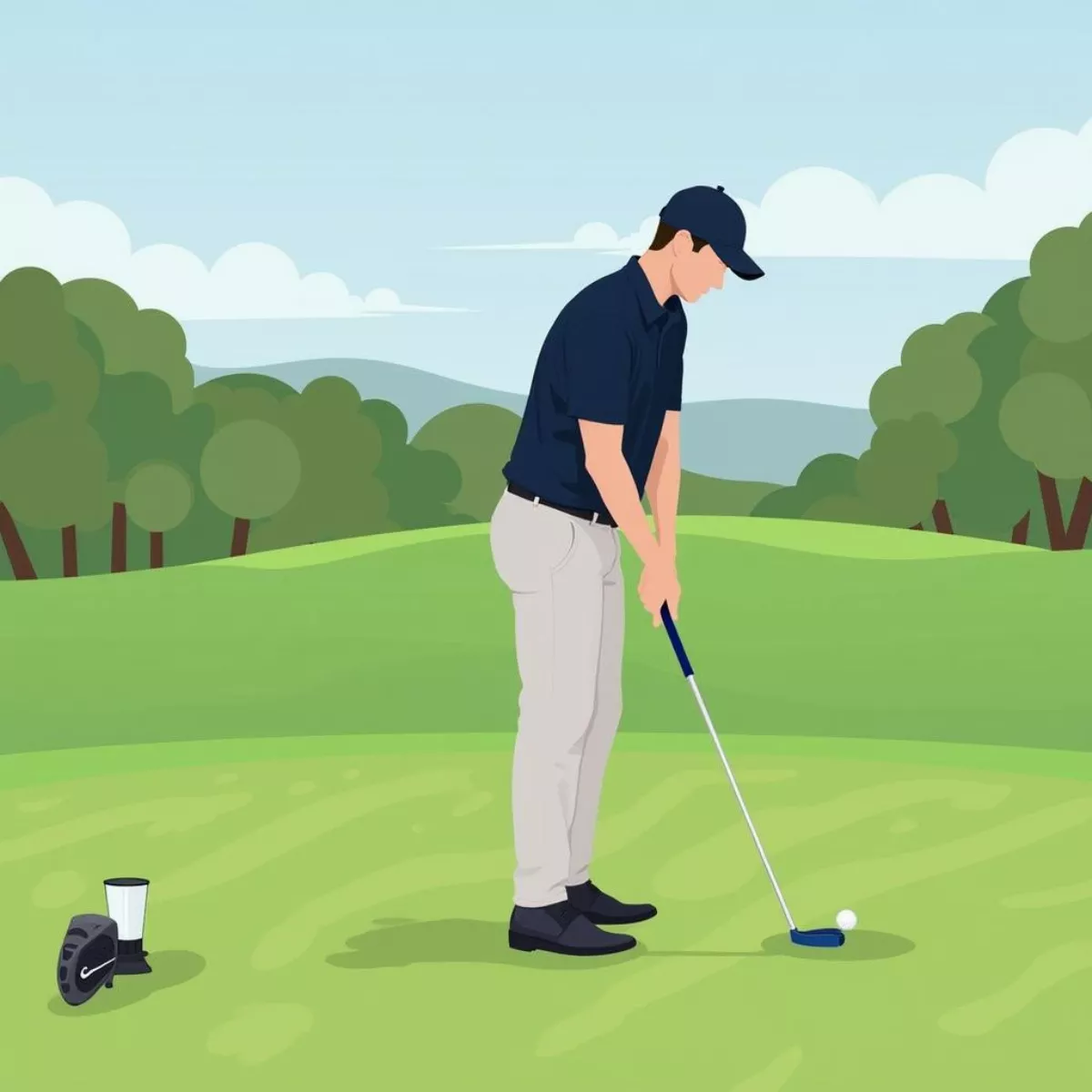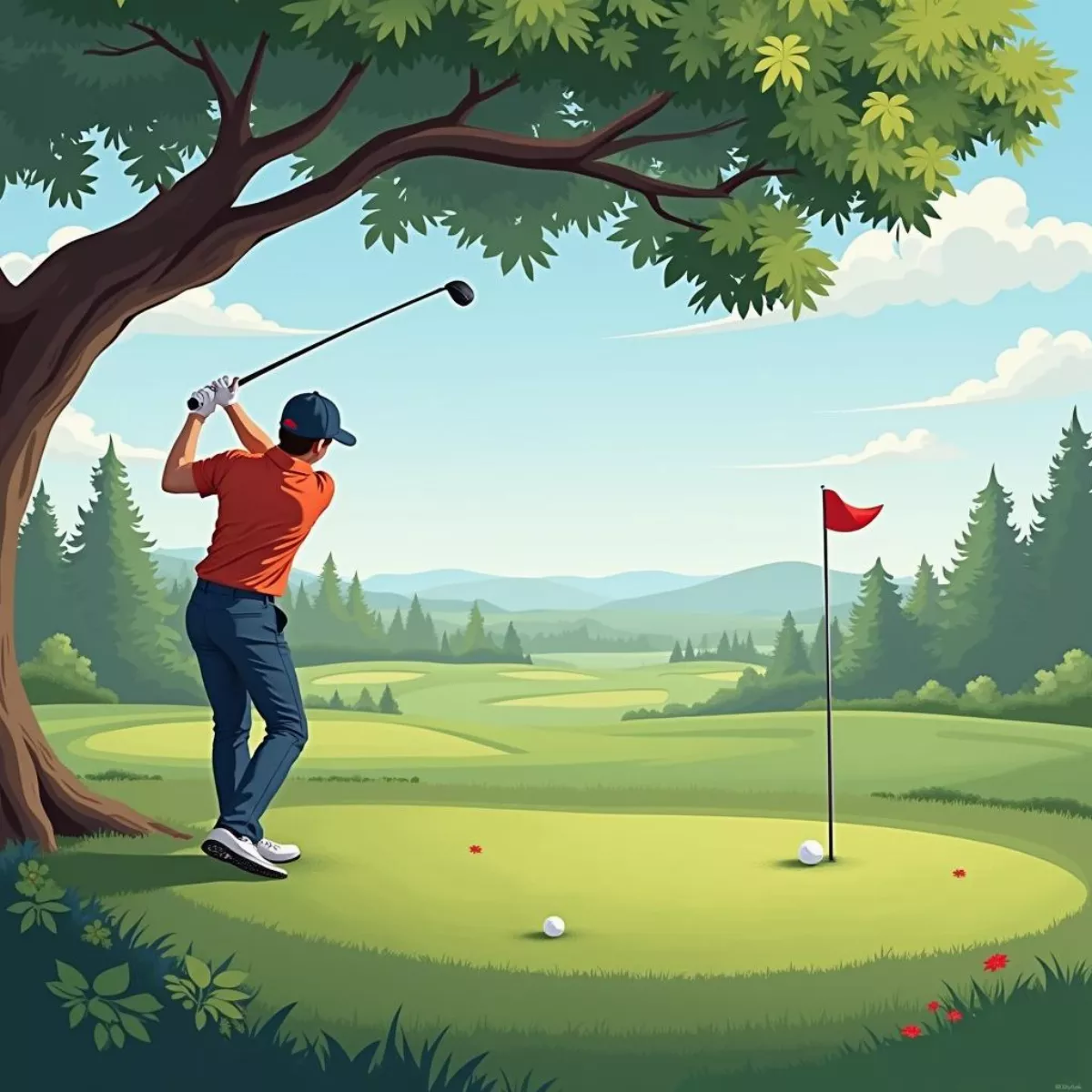In the world of golf, terminology can often seem overwhelming. Yet, knowing what certain terms mean can significantly enhance your understanding of the game and your performance on the course. One such term you may have encountered is “flighted”.
So, what does flighted mean in golf? This term refers to the trajectory of the ball as it travels through the air after being struck. Understanding how to control and utilize this means of shot shaping can be a crucial element of your golfing toolkit. This guide will break down what it means to flight a golf ball, the techniques involved, and strategies to incorporate flying shots into your game.
What is a Flighted Shot?
A flighted shot is characterized by a lower trajectory and a controlled landing. Golfers often utilize this technique to navigate particular course conditions or wind situations. Rather than hitting the ball straight up into the air, flighted shots allow you to manipulate the path of the ball to achieve certain goals, such as:
- Avoiding obstacles, like trees or other hazards.
- Reducing the impact of the wind on the shot, as lower balls are less susceptible to gusts.
- Controlling the distance more effectively, giving you the ability to place the ball exactly where you want it.
 Low Flighted Golf Shot Over Water
Low Flighted Golf Shot Over Water
Importance of Flighted Shots
Understanding and being able to execute flighted shots can significantly elevate your game. Here’s why:
- Increased Precision: Flighting the ball can help you land it on the green in tight spots.
- Enhanced Control: You’ll have greater precision over where your ball will land, particularly useful in challenging situations.
- Wind Management: When you can keep your ball low, it’s less affected by wind interruptions.
How to Fly a Golf Shot
So, how do you master the art of flighting the ball? Here are some steps to help you get started:
- Choose the Right Club: Typically, you’ll want to use clubs that have more control, such as mid-irons or wedges.
- Adjust Your Stance:
- Position the ball further back in your stance for more control.
- Keep your weight balanced over your lead foot at address.
- Grip Pressure: Maintain a lighter grip. Too much tension can lead to inconsistent strikes.
- Swing Technique:
- Keep your swing smooth and controlled.
- Aim for a descending strike on the ball to achieve that low trajectory.
- Follow Through: Instead of a full follow-through, consider a more abbreviated finish to keep the ball lower.
- Practice: Like any other golf technique, flighting requires repetition.
 Golfer Adjusting Stance for Flighted Shot
Golfer Adjusting Stance for Flighted Shot
Here’s a quick checklist for executing a flighted shot:
| Step | Action |
|---|---|
| Choose Club | Use mid-irons or wedges |
| Adjust Stance | Ball back in stance |
| Grip Maintenance | Keep it light and relaxed |
| Swing | Controlled and descending strike |
| Follow Through | Short and compact |
| Practice | Repeat regularly to build confidence |
Scenarios to Use Flighted Shots
Knowing when to utilize flighted shots can be just as important as understanding how to execute them. Here are some scenarios where flighted shots might be beneficial:
- When Hitting Into the Wind: A flighted shot helps maintain control against strong headwinds.
- Avoiding Overhanging Branches: A lower trajectory is ideal for clearing obstacles such as tree branches.
- Tight Pin Placements: When the pin is tight to the edge of the green, a flighted shot allows you to land softly and retain control.
- Hitting into a Downhill Lie: A flighted shot can help better manage the distance and direction when faced with this tricky lie.
 Golfer Hitting Flighted Shot Under Tree
Golfer Hitting Flighted Shot Under Tree
Tips for Improving Your Flighting Skills
Improving your ability to flight shots involves consistent practice and keen awareness of your technique. Here are some tips to elevate your skills:
- Video Yourself: Record your swing to analyze how you can lower your shots.
- Seek Feedback: Work with a coach who can provide personalized insights.
- Practice with Purpose: Set specific goals for each practice session to measure your improvement.
Key Takeaways
- Flighted shots refer to golf shots with a lower trajectory, allowing greater control and precision.
- To successfully flight the ball, you should focus on club selection, stance, swing technique, and practice regularly.
- Understanding when to use flighted shots, like in windy conditions or when navigating obstacles, can enhance your game.
FAQ Section
1. What are the benefits of flighting a golf shot?
Flighting a shot provides increased control, better precision, and helps manage the effects of wind.
2. Can I flight every shot?
While you can attempt to flight most shots, it’s best to reserve the technique for specific situations where control and precision are essential.
3. Does the type of golf ball affect my ability to flight it?
Yes, different balls have varying spin characteristics. A lower-spinning ball may allow for better control when flighted.
4. Is flighting a shot the same as hitting a punch shot?
Yes, both techniques involve controlling the trajectory for better precision and shot management.
5. What clubs are best for flighted shots?
Mid-irons and wedges are most common for executing low, controlled shots.
6. How can I practice flighted shots on the range?
Choose a target and practice hitting low shots at that target with the appropriate technique and club.
7. Should my grip be different when hitting a flighted shot?
Maintain a light grip pressure to enhance feel and control during flighted shots.
8. Can I flight the ball with a driver?
Flighting with a driver is challenging due to the club’s design, but some experienced players can do it under specific circumstances.
9. How does wind influence flighted shots?
Wind will have a lesser impact on lower-flying shots, making it easier to control their distance and direction.
10. How often should I include flighted shots in my practice routines?
Incorporate flighted shot practice into your sessions regularly to build confidence and skill.
Mastering the concept of flighted shots not only diversifies your toolkit but can also enhance your enjoyment of the game as you navigate challenges with greater confidence. So the next time you’re on the course, think about how you can utilize this technique to your advantage!